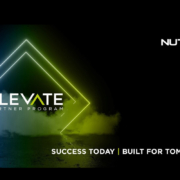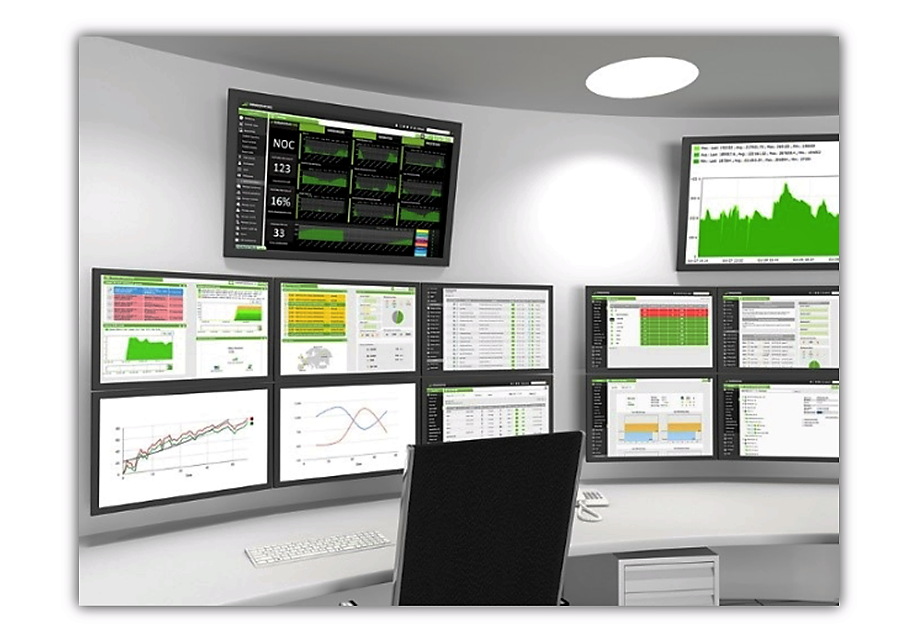Centerity Joins the Nutanix Elevate Technology Alliance Partner Program
Centerity is announcing today that we have joined the Nutanix Elevate Technology Alliance Partner Program! Validated as Nutanix Ready for IT Management & Operations, Centerity’s solution helps enterprise customers by delivering single-pane-of-glass, holistic visibility into Nutanix environments, extending performance and availability monitoring to critical applications and Big Data solutions that Nutanix users rely on to keep their businesses running 24×7.
Centerity’s REST API integration with the Nutanix management Prism collects performance metrics from the infrastructure and hyper-visor, but the main added value is in its ability to light up the critical application layer. Our flexible plugins (requiring no code) and light-weight agents and agentless metric capture methodologies allow us to monitor all 3rd party critical applications and databases (Hadoop, SAP HANA, etc.) Nutanix users are running on XCP. Most importantly, Centerity delivers an end-to-end business intelligence layer, so users get a holistic, service-centric view of their Nutanix environments with real-time business process views and advanced features like historical, trend, and predictive reporting, end-user experience monitoring, and custom executive dashboards and live visual layouts.
“Centerity delivers a new level of visibility into applications running on Nutanix, enabling advanced processes like Big Data to run smoothly,” said Roi Keren, CEO of Centerity Systems. “We’re very proud to be working with Nutanix to deliver holistic visibility and service assurance to the entire Nutanix Web-Scale technology stack!”
“We are excited for Centerity to join the Nutanix Elevate program,” said Venugopal Pai, Vice President, Strategic Alliances and Business Development, Nutanix. “We are dedicated to building a robust technology ecosystem, working together with valued partners such as Centerity, in order to deliver open, innovative, and transformative next-generation IT solutions that can fully leverage Nutanix invisible infrastructure.”
The Nutanix Elevate Technology Alliance Program provides partners with technical resources, testing and documentation processes, marketing support, and sales enablement to develop comprehensive customer solutions. Nutanix Elevate Partners deliver validated solutions to market in the areas of Application Development, Applications and Operating Systems, Backup and Disaster Recovery, Desktop and Application Virtualization, Hybrid Cloud, Management and Operations, and Networking and Security.
Learn More: Centerity Solution Brief for Nutanix Web-Scale Infrastructure

Media Contact
John Speck
Alliance Manager | Centerity Systems, Inc.
(W): +1.617.612.4040 | (M): +1.978.407.1172
www.centerity.com/ | johns@centerity.com | https://www.linkedin.com/in/johnvspeck
About Centerity
Centerity’s an award winning unified enterprise-class IT Performance Analytics Platform that improves Performance and Reliability of business services to ensure availability of critical systems. By delivering a consolidated view across all layers of the technology stack, including, applications, big data, operating systems, database, storage, compute, security, networking, cloud, edge AND IoT/IIoT devices, Centerity provides an early warning of performance issues along with corrective action tools to quickly isolate faults and identify root causes.



